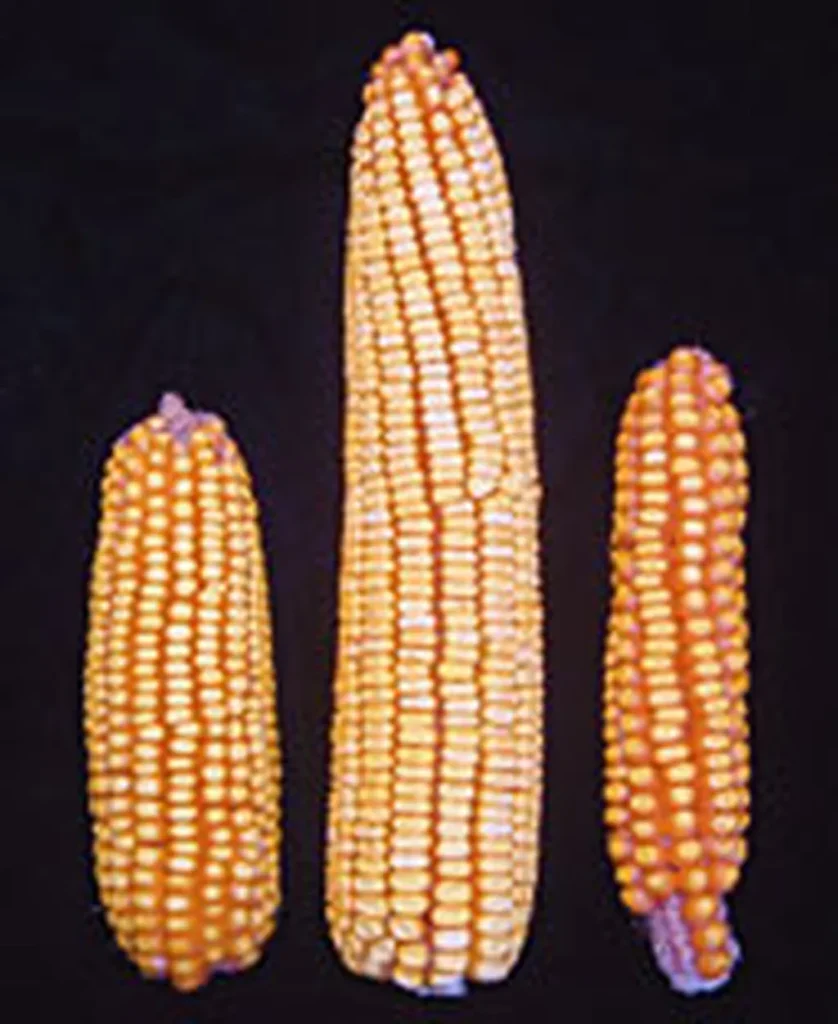In the heart of Baghdad, at the Agricultural Research Office under the Ministry of Agriculture, a groundbreaking study is challenging our understanding of hybrid vigor, a phenomenon that has long been the cornerstone of plant breeding and genetic improvement. Led by Mujahid I. Hamdan, this research delves into the intricate world of alleles and their role in hybrid vigor, offering a fresh perspective that could revolutionize the agricultural and energy sectors.
Hybrid vigor, or heterosis, is the improved performance of a crossbred organism over its parents. It’s a phenomenon that has been exploited for decades to improve crop yields, but the underlying mechanisms have remained shrouded in mystery. Hamdan’s research, published in the Iraqi Journal of Agricultural Sciences (Maǧallaẗ al-baṣraẗ al-ʻulūm al-zirāʻiyyaẗ), is shedding new light on this process, focusing on the role of homologous alleles—genes that occupy corresponding loci on homologous chromosomes.
Hamdan’s study suggests that the vigor and type of these homologous alleles are responsible for hybrid vigor and heterosis. “The segregation of parental lineages on the same genetic locus decreases in F1,” Hamdan explains, “but in inbred lines with allelic compatibility, high hybrid vigor is achieved.” This finding challenges conventional wisdom and opens up new avenues for plant breeding.
The implications of this research are profound, particularly for the energy sector. Many energy crops, such as switchgrass and miscanthus, are bred for high yield and efficient energy conversion. Understanding and harnessing hybrid vigor could significantly boost the productivity of these crops, making them more viable as sources of bioenergy. Moreover, the insights gained from this research could help in developing more robust and resilient energy crops, capable of withstanding the challenges posed by climate change.
Hamdan’s research also sheds light on the genetic purity of inbred lines and the complexities of genetic action. It provides a theoretical framework that could complement or even replace previous theories, offering a more nuanced understanding of the inheritance of quantitative traits. This could pave the way for more precise and effective breeding strategies, not just in agriculture but also in the energy sector.
As we grapple with the challenges of climate change and the need for sustainable energy sources, research like Hamdan’s offers a beacon of hope. It reminds us that the answers to some of our most pressing problems may lie in the intricate dance of genes and alleles, waiting to be deciphered and harnessed for the benefit of all. The journey is far from over, but with each new discovery, we take a step closer to a more sustainable and energy-secure future.

